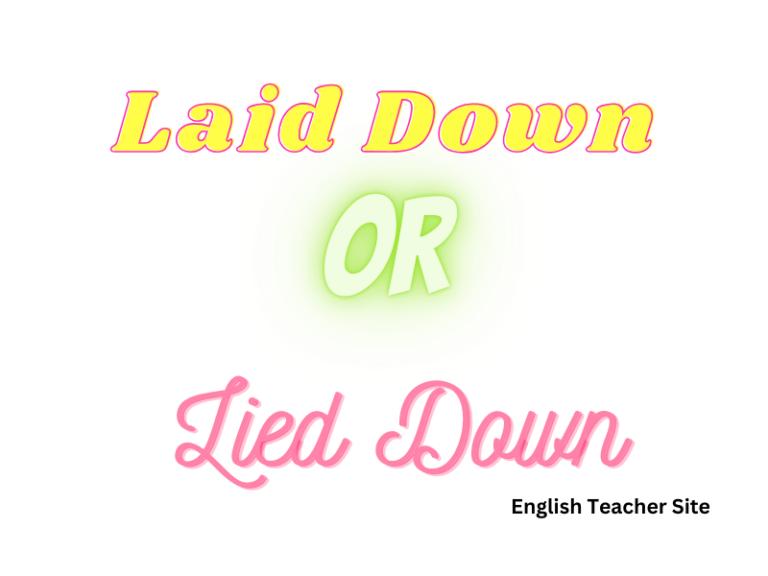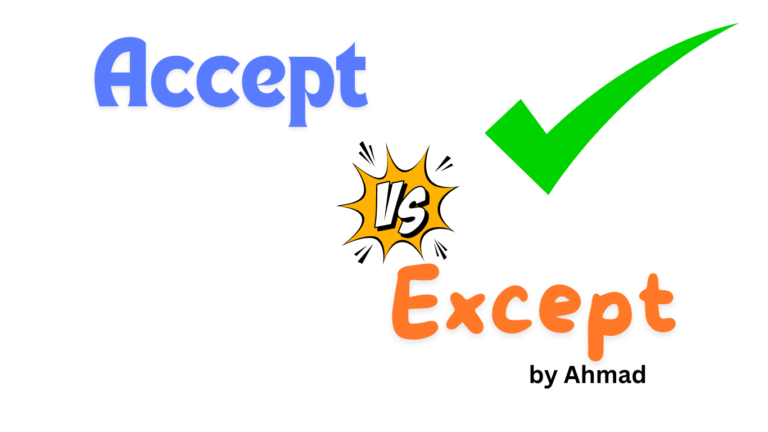Whats the Past Tense of Leap: Leapt or Leaped? Understanding Verb Variations

- Both “leaped” and “leapt” are accepted past tense forms of “leap.”
- American English typically uses “leaped,” while British English prefers “leapt.”
- Understanding which form to use can depend on regional dialect and the context of writing.
While “leaped” conforms to the regular pattern of forming past tenses by adding the -ed ending, “leapt” is an irregular form. In American English, “leaped” prevails as the more commonly used term, aligning with the general American preference for regular past tense forms. However, “leapt” remains the favored past tense form in British English, illustrating the linguistic nuances between different English-speaking regions.
Understanding the Past Tense of Lead
Confusion often arises due to the homophonic nature of the word “lead” in its present form and the element “lead” which is pronounced the same but spelled differently.
What’s the Past Tense of Lead: Led or Lead?
The verb “lead” refers to the act of guiding or directing. Leads is its third-person present form, while led is the simple past and past participle form. The confusion typically occurs because the present tense “lead” is pronounced /liːd/, which can mistakenly lead to the use of “lead” as the past tense, mirroring the pronunciation but not the spelling of the metal “lead” /lɛd/. Here are important specifics:
| Present Tense | Past Tense |
|---|---|
| lead | led |
The simple past tense of “lead” is always spelled led. Here are a couple examples of its usage:
- In yesterday’s game, the team captain led them to victory with a last-minute play.
- The CEO previously led the company through a successful merger.
To illustrate further:
- She leads the project team now and led last year’s successful initiative as well.
To remember the past tense form, consider these bullet points:
- The past tense shares its spelling with the metal but not the pronunciation.
- The past tense led is a three-letter word, short and distinct from the four-letter present tense form.
- Never use “lead” (the element) to mean the past tense of “lead” (to guide).
It is always led when referring to the past action of leadership or guidance.
Verb Forms of Leap
In English grammar, verbs can exhibit different forms to indicate tense, and “leap” is a verb that gives us an example of variation in its past tense formation. The verb “leap” means to jump or spring a long way, or with great force. It is an irregular verb, meaning that its past tense forms do not follow a regular pattern of adding -ed to the base form.
Present and Past Forms:
- Base form: leap
- Past tense: leaped / leapt (both are correct but used differently in American and British English)
- Past participle: leaped / leapt
- Present participle: leaping
Here are two tables displaying the verb conjugations of “leap”:
| Tense | Form |
|---|---|
| Present | leap |
| Past | leaped |
| leapt | |
| Present Participle | leaping |
| Past Participle | leaped |
| leapt |
Usage in Sentences:
- The athlete leapt or leaped over the hurdle effortlessly.
- They have leaped or leapt into action to provide help.
In the contemporary context, both “leaped” and “leapt” are accepted as past tense and past participle forms of “leap.” However, “leapt” is more commonly used in British English, while “leaped” is the preferred form in American English.
Keywords: leap, jumped, spring, irregular verb, past tense, past participle, present participle, American English, British English.
Defining Lead/Led
When teaching the English language, it’s important to distinguish between words that sound similar but have different meanings and spellings. In understanding the past tense of commonly used verbs, students often mix up lead and led. These words are homophones, which means they sound the same when spoken, but their meanings and spellings are not identical.
| Verb | Present Tense | Past Tense |
|---|---|---|
| Lead | to guide or direct | led |
Lead, pronounced /liːd/, operates as a verb that means to guide or be in charge of. For instance, “She will lead the team to success.” Its past tense and past participle form is led and is pronounced /lɛd/. An example usage is, “She led the team to victory last season.”
Now, let’s consider this:
- Lead also exists as a noun, representing a heavy metal, with a different pronunciation /lɛd/. It’s important not to confuse this with the verb form.
Students should be aware of the following points:
- Lead (verb, present tense) rhymes with “bead.”
- Led (verb, past tense) rhymes with “bed.”
To help remember:
- The lead that rhymes with “deed” is something one can do.
- Led, the one that rhymes with “red,” is something one has already done.
Using them in sentences, they would appear as follows:
- “The guide will lead the way through the mountains.”
- “Yesterday, the guide led us through a similar path.”
Irregular Verbs Overview
In English grammar, verbs are often irregular, meaning they do not follow standard rules for conjugation, particularly in the past tense.
Transitive or Intransitive?
Irregular verbs can be either transitive or intransitive, depending on whether they require an object to express a complete thought.
| Transitive Verbs | Intransitive Verbs |
|---|---|
| require an object | do not require an object |
| “She sang a song.” | “He slept peacefully.” |
- Transitive example: “She leapt over the hurdle.”
- Intransitive example: “The cat leaped onto the windowsill.”
Irregular verbs that are transitive can take a direct object, while those that are intransitive cannot.
Examples of “Lead” in Sentences
“Lead” can be confusing because it has a homograph that is pronounced the same but means a metallic element. The word “lead,” when it functions as a verb, means to guide or be in charge. Its past tense is “led.” Below are examples of “lead” in sentences, illustrating its correct usage.
Table 1: Present Tense of “Lead”
| Subject | Verb | Object/Complement |
|---|---|---|
| She | leads | the team |
| The guide | leads | the tour |
| Evidence | leads | to conclusions |
Table 2: Past Tense of “Lead”
| Subject | Verb | Object/Complement |
|---|---|---|
| She | led | the team |
| The guide | led | the tour |
| Evidence | led | to conclusions |
- In the boardroom, the CEO leads the discussion on quarterly revenues.
- The scout leads the troop through the forest trail.
When narrating past events, one should switch to “led”:
- Last year, the CEO led the most successful product launch in the company’s history.
- Yesterday, the scout led the troop to a hidden lake.
Please note: It is a common error to use “lead” (which sounds like the metal when in past tense) instead of “led” (the correct past tense of “lead”). Remember that “led” is the past tense and pronounced identically to “lead,” the noun denoting the metal.
Examples of “Led” in Sentences
“Led” is the past tense and past participle of the verb “lead” when it’s pronounced to rhyme with “bead.” The following examples demonstrate the use of “led” in sentences, clarifying its role as a verb indicating past action.
| Subject | Verb | Rest of the Sentence |
|---|---|---|
| She | led | the team to victory. |
| The study | led | to groundbreaking discoveries. |
In each of these sentences, “led” signifies an action that has already been completed. Here are more instances for a better understanding:
- After the intermission, the guide led the tourists back to the bus.
- The compelling speech led the audience to reconsider their views.
- Insights from the experiment led to a new approach to the problem.
When employing “led” in various contexts, consider the following points:
- Led is used to express an instance where someone guided or had an influential position.
- The verb “lead” becomes led when referring to events that have occurred in the past.
- It is unrelated to the noun “lead,” which refers to the metal.
And:
- Led represents a completed action.
- “The CEO led the company through a difficult period.”
- Led is never spelled “lead” in past tense contexts.
- “Incorrect: He lead them to safety.” Correct: He led them to safety.”
- The confusion often arises because the present tense “lead” is a homograph of the noun “lead,” but they are distinct in meaning and pronunciation.
Synonyms for Lead
When one “leads,” they guide, conduct, or steer others in a direction. Synonyms often reflect the context in which “lead” is used.
The English language is rich with verbs that can serve as substitutes for “lead.” Here are two categories to consider:
Directional Guidance
| Synonym | Use in Sentence |
|---|---|
| Guide | She guides the tourists through the ancient city. |
| Direct | They direct the play with expertise. |
| Pilot | He pilots the vessel through treacherous waters. |
| Steer | She steers the committee through the agenda. |
Each of these words indicates some form of leading, focusing on the aspect of showing the way.
Influential Leadership
| Synonym | Use in Sentence |
|---|---|
| Govern | They govern with a fair and just hand. |
| Command | He commands the room with his confident presence. |
| Shepherd | She shepherds her team towards success. |
| Captain | He captains the football team with great enthusiasm. |
Here, the emphasis is on leading groups or being in a position of authority.
- Mentor: Often used to depict someone who leads by teaching or advising.
- Preside: To lead by holding a position of authority in a meeting or gathering.
- Facilitate: Reflects the idea of making a process easier, thus leading it to its conclusion.
Guide and steer suggest a hands-on approach, while words like govern and command imply a higher level of authority or control. It’s essential to choose a synonym that fits the desired implication of leadership.
Idioms with Lead/Led
When discussing the past tense of “leap,” an interesting tangent is the English language’s use of “lead” versus “led.” These words take part in idiomatic expressions where their spelling and meaning influence the phrase. In idioms, “lead” often refers to being in charge, while “led” is used when something has influenced or guided actions in the past.
Common Idioms Featuring “Lead”:
- take the lead: to assume a leading or dominant position
- lead the way: to show a route or direction
- lead someone on: to deceive someone into believing something that’s not true
Common Idioms with “Led”:
In contrast to “lead,” idioms with “led” are not as common and mostly reflect the past tense construction of leading or influencing.
Here are two tables separating idiomatic expressions with “lead” and “led”:
| “Lead” Idioms | Meaning |
|---|---|
| Take the lead | To move into a position of advantage |
| Lead the way | To guide; be the first to do something |
| Lead someone on | To mislead someone |
| Lead by example | To act in a way that others should follow |
| “Led” Expressions | Meaning |
|---|---|
| Was led astray | To be guided in the wrong direction |
| What has led you to believe…? | What has influenced your thinking…? |
When utilizing these idioms, it’s essential to match the tense to the context of the conversation—this aids in conveying meaning accurately and maintaining grammatical consistency. Notably, some idioms like “lead by example” retain the present tense “lead” as they reference an ongoing action or state of being.
Origin of Lead/Led
In English, the verb “lead” has its origins in the Old English word “lǣdan,” which means to guide or to bring forth. Over time, “lead” has come to mean to direct or be in charge, particularly in a pathway or direction.
Etymology of “Lead”:
- Old English: lǣdan
- Meaning: To guide or to bring forth
When speaking of past events, “led” is the correct past tense of “lead.”
Transition from Lead to Led:
- Present Tense: lead (pronounced /liːd/)
- Past Tense: led (pronounced /led/)
Unlike the confusion that can arise with homographs such as “read,” which is pronounced differently based on tense but spelled the same, “lead” avoids this by changing its spelling to “led” when indicating an action that has already occurred.
| Tense | Spelling | Pronunciation |
|---|---|---|
| Present | lead | /liːd/ |
| Past | led | /led/ |
The distinction in spelling corresponds with the shift in pronunciation, aiding learners in understanding both spoken and written English. This change aligns with regular verb conjugation patterns, where a single “e” often signifies a simpler vowel sound than the “ea” combination.
By adhering to these patterns, “led” becomes a clear and straightforward past tense form, distinguishing it from the present tense without ambiguity. This helps to maintain clarity in both written discourse and verbal communication.
Source
- Oxford Learners
- Origin of the verb, leap.
- Government of Canada, leaped or leapt.
My name is Khamis Maiouf. I am the creator of the English Teacher Site, dedicated to providing valuable resources and insights for students around the world. With a passion for education and a commitment to helping students enhance their skills, I aim to make English teaching more effective and enjoyable for both educators and students.






